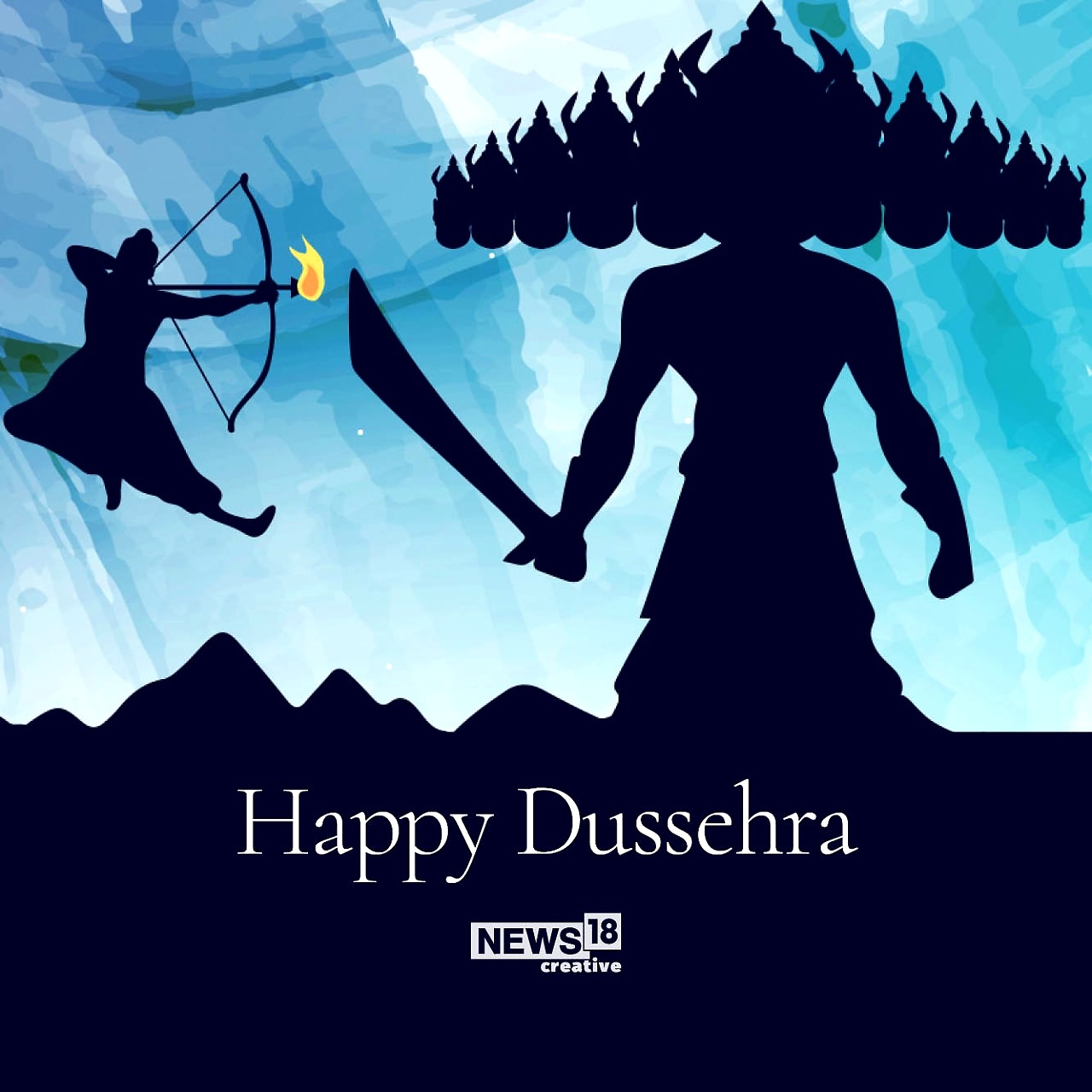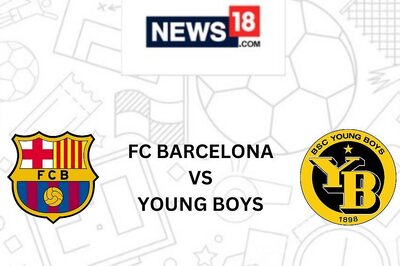
views
HAPPY DUSSEHRA: Ravana was born to the great sage Vishrava and daitya princess Kaikesi, who was the daughter of Sumali and Thataka. He was born in the Devagana gotra, as it is believed that his grandfather, the sage Pulastya, was one of the ten Prajapatis, meaning one of the mind-born sons of Lord Brahma. Ravana’s grandfather was also one of the Saptarishis, one of the seven great sages.
Ravana, himself, was one of the most learned scholars of all times. In scriptures and mythological epics, Ravana, who was the king of Lanka is also referred as Dashanan (ten-headed).
As we gear up to celebrate Dussehra on Wednesday, October 5, here’s a look at three different tales that state the reason why ‘Dashanan’ was a superlative used for the asura king. Let’s unravel these stories:
Gyata (Knower) of Ten Scriptures
Legends state that Ravana was a prodigy and had a comprehensive knowledge of all the ten sacred Hindu texts and scriptures, that includes Sankhya, Vaisheshika, Meemansa, Yoga, Nyaya, and Vedanta. He had also studied all the four vedas, Rig Veda, Sama Veda, Yajur Veda, and Atharva Veda.
It is also believed that Ravana along with many other thesis and texts, knew these Ten Scripts – kanthastha (verbatim). Therefore, he was named ‘Dashkanthi’, the one with ten throats. And eventually, he became famous as Dashanan.

Dasamukha
The Jain scriptures have a different tale behind his name. According to Jainism, in Vimalasuri’s Version, Ravana is referred to as Dasamukha or Dashanan because of a necklace he wore. The necklace, which was made of nine pearls, was a gift from his mother. It is said that the necklace reflected his head thus giving the illusion of Dasamukha.

Ravana’s Penance
There are some mythological epics that suggest that Ravana’s ten heads speak the story of his intense penance. It is believed that while performing one of his penance to please Lord Brahma, Ravana had chopped off his head 10 times as a sacrifice. Epics state that each time he sliced his head off, a new head arose, which enabled him to continue his penance.
At last, Lord Brahma was pleased with his austerity and had offered him a boon. Ravana had asked for immortality, which Brahma refused and instead gave him the celestial nectar of immortality, which was stored under his navel.
Read all the Latest Lifestyle News and Breaking News here


















Comments
0 comment